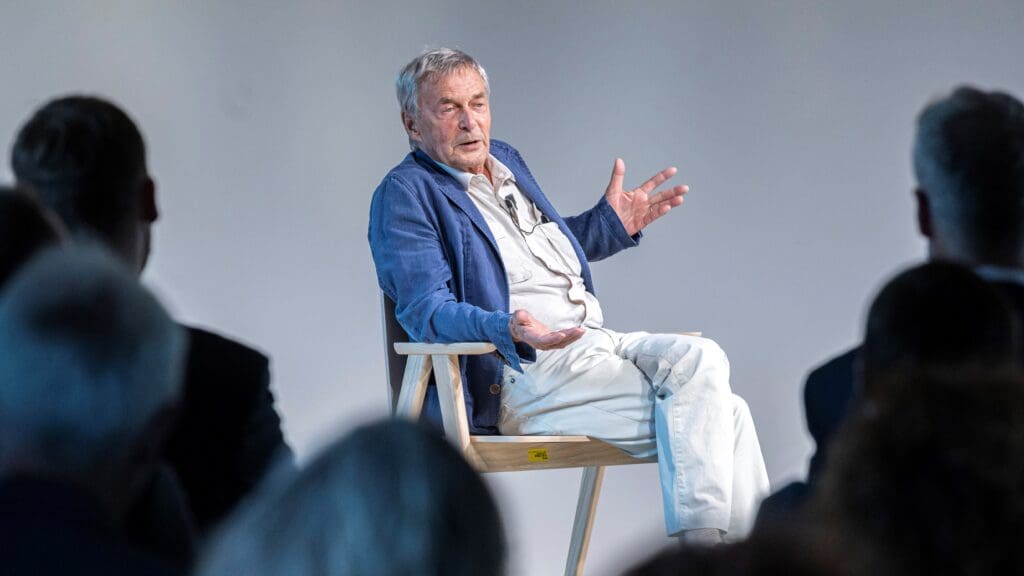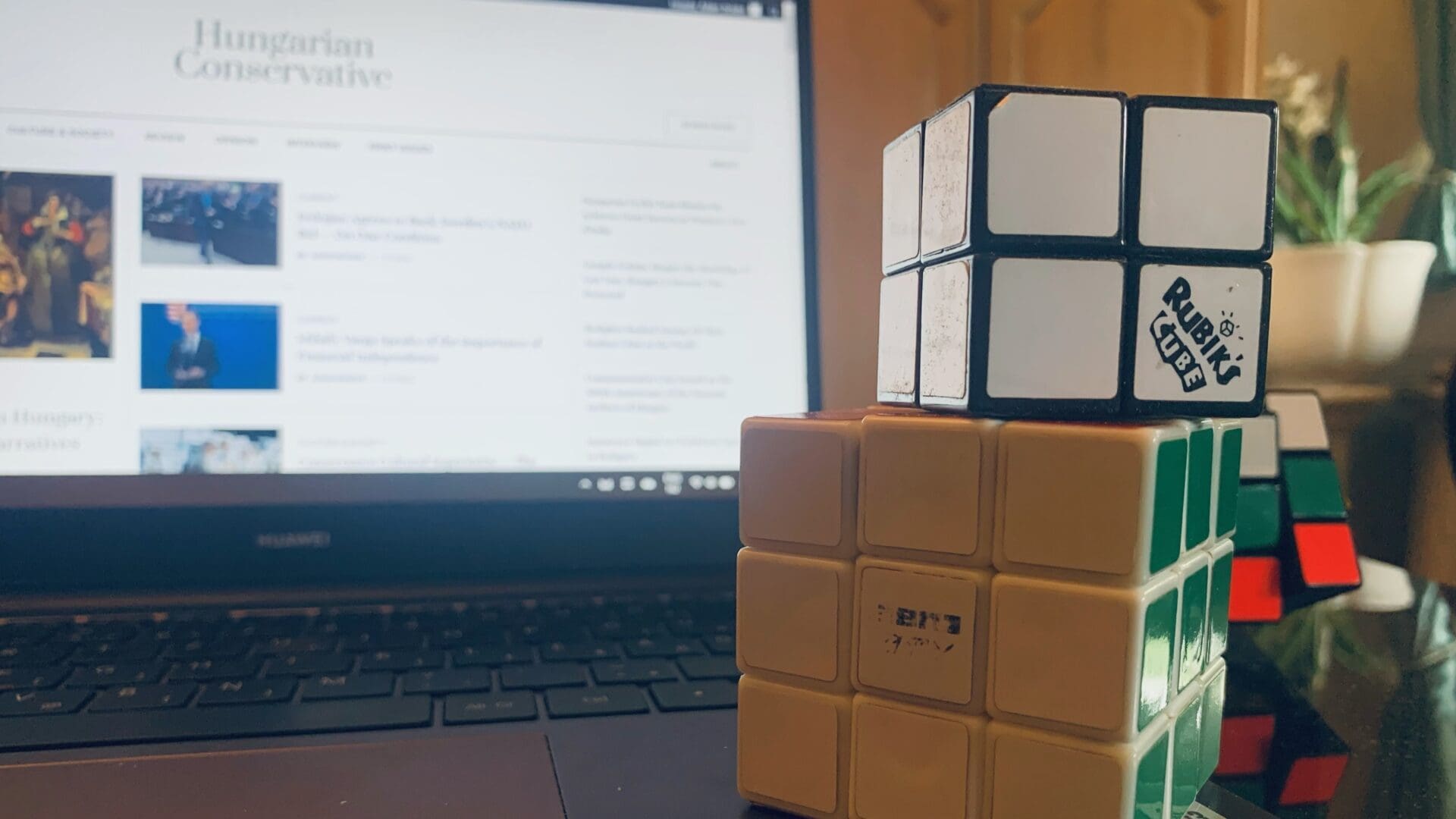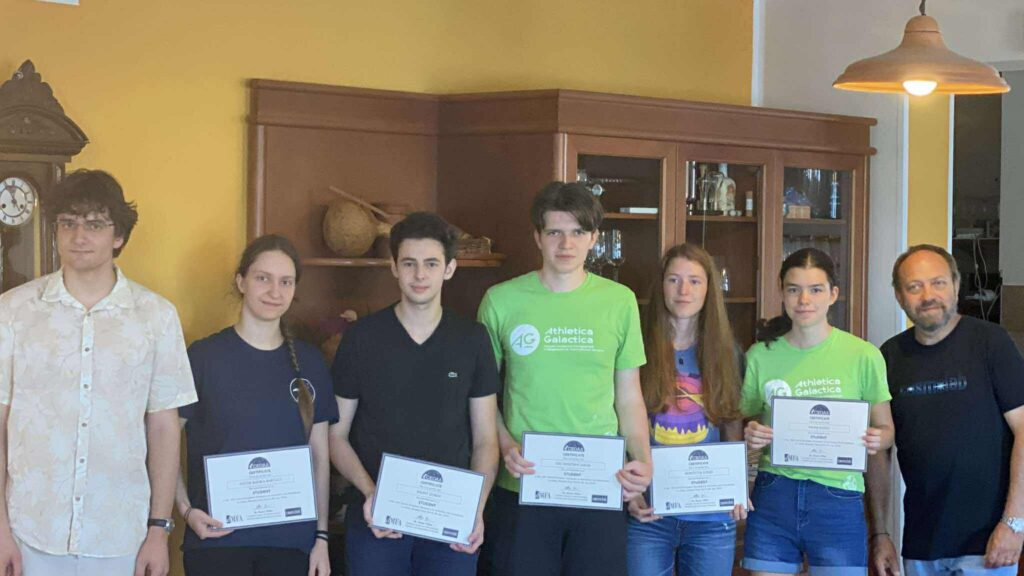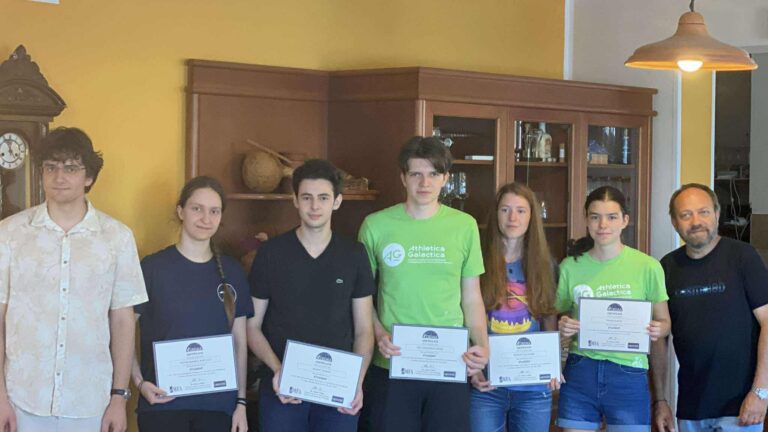Probably one of the most famous Hungarians ever, Ernő Rubik was born in 1944 during World War II on 13 July, and became one of Hungary’s wealthiest individuals in the 1980s. His fame is primarily due to the Rubik’s Cube, which he invented in 1974.
Rubik has always maintained an air of mystery and was never easily approachable. Also, unlike many other renowned Hungarian inventors, he did not accomplish his feats as a citizen of another country but rather as a Budapester, a resident of the city where he still lives today.
Rubik’s mother, who lost most of her loved ones during World War II, was a more artistically inclined person and a poet. However, even her artistic eyes appreciated the colourful and elegant appearance of the Rubik’s Cube. On the other hand, the inspiration for his inventions for Rubik came mainly from his father, Ernő Rubik Sr, an internationally recognised sailplane engineer, who instilled in the younger Ernő the perseverance necessary for successful work. His father was a person who was unstoppable in achieving his plans. Naturally, young Ernő’s mother had complete trust in him and considered him the most talented child in the world.
Rubik never forgets to mention how much Hungarian schools helped him in harnessing his talent, and that he remains forever grateful to his teachers. In an interview, he stated: ‘The cube gives me hope that people are capable of solving their problems.’ Therefore,
the Rubik’s Cube is also a symbol of overcoming seemingly unsolvable life tasks.
The idea for the invention came almost out of nowhere. The 30-year-old architecture professor was simply interested in how small cubes could be interconnected so that they could move independently. Since then, one is seven people on Earth has held the larger cube made up of these small cubes in their hands, although many have never found the solution to the puzzle.

Rubik’s creativity may have stemmed from the fact that he was a typically solitary child who, as he says, was never bored because he loved games. The more challenging the puzzles, the more they occupied his imagination. It is a fortunate coincidence that just as challenges motivated him as a child, the Rubik’s Cube also intrigued others who encountered it decades later. Initially, the industry considered the invention difficult to sell, but Rubik believed in it, and his quest for challenges resonated with others who shared similar desires.
‘The cube is actually a mixture of simplicity and complexity,’ Rubik provided a brief description. It takes less than a minute to learn to play with it, that is, to twist it, but developing the skill to solve the colour arrangement can be a lifelong task. Those who are receptive to it are always led to new discoveries through the game. Rubik also highlighted that the design of the cube is a great example of how something can be designed to precisely meet its goal without exceeding or being overly flashy. This observation, when further pondered, can be interpreted as the inventor’s life philosophy.
Rubik personally handcrafted the very first prototypes of the invention, which was initially released in Hungary under the name ‘Bűvöskocka’ (Magic Cube). As he was already teaching at the Moholy-Nagy University of Art and Design, he first showed the cube to his students, and it became extremely popular among them, prompting him to pursue a patent.
Within six years, by 1980, the cube was already available worldwide and became a defining element of the culture of the 1980s.
To this day, approximately 350 million original Rubik’s Cubes have been sold, along with an estimated 50 million counterfeits. The cube has inspired the creation of around 50 books on solving its mystery. While twisting it, one may not realise what it symbolises for its creator: according to Rubik, the cube represents the pursuit of harmony and the human quest for perfection. It also encompasses elements of masculinity and eternal youth, as the Rubik’s Cube is a solid yet friendly phenomenon that can be moulded into various forms with the right amount of patience.

Rubik also values the fact that the cube became known worldwide by his name, and perhaps he does not mind that, despite his other works, he is primarily associated with the cube. Furthermore, he hopes that the current generation will not lose interest in it. Today, there are thousands of applications that deal with unravelling the mystery of the Rubik’s Cube on smart devices and aim to assist children in solving it. However, their magic is mostly experienced when someone actually holds the cube and immediately attempts to solve it. Rubik himself can solve it in approximately one minute, and he claims to be among the fastest in his age group. However, Rubik admits that he never focused on speed, as he believes that one should not take a game too seriously. ‘Most people take many things too seriously, which prevents them from enjoying life,’ he opines. ‘You can truly enjoy the game itself only if you don’t particularly care whether you win or lose. I, for example, learn the most from my failures, and success can be achieved through them.’ It is worth reflecting on his words and acknowledging the achievements of record holders who can solve the cube in seconds or solve thirty Rubik’s Cubes one after another with one hand while hula hooping.
Alongside his successes with the cube, Ernő Rubik founded the Rubik Studio in 1983, where he designed furniture and other games. He also created well-known games such as the Snake, Magic Cubes, Magic Dominoes, Sudokube, and the Rubik’s Clock. In 2009, he released the Rubik’s Sphere under the name Rubik’s 360. Later, as the President of the Hungarian Academy of Engineering, he established the International Rubik Foundation to support exceptionally talented young engineers and industrial designers.
Currently, he is a professor at the Moholy-Nagy University of Art and Design, while also engaging in the development of game software and architectural topics, as well as managing his studio. He has received awards named after immortal Hungarians: the Dénes Gábor Prize (1995), the Ányos Jedlik Prize (1996), the Kossuth Prize (2007), as well as the Prima Primissima Prize, and the Commander’s Cross of the Order of Merit of the Hungarian Republic with the Star, both in 2010.








